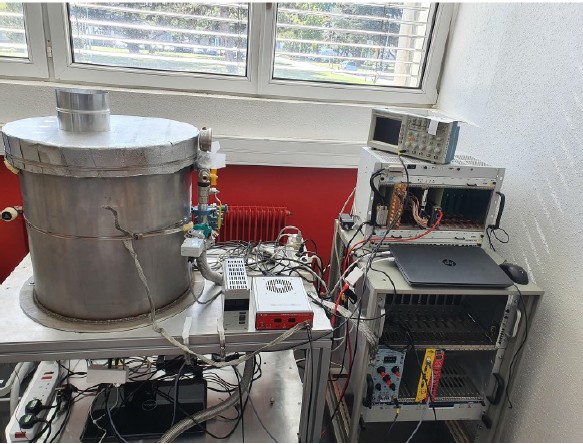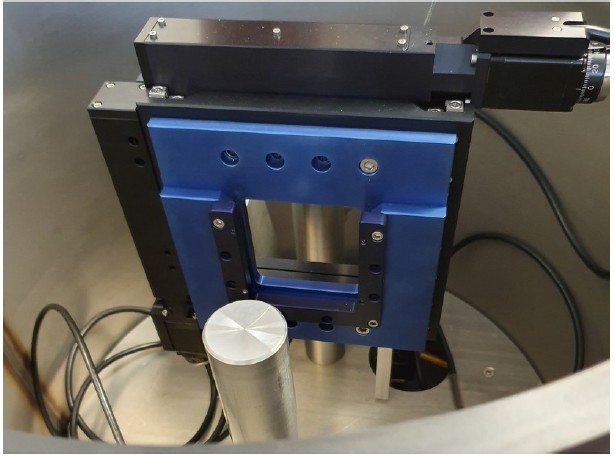Laboratory web page: The Hubert Curien pluridisciplinary Institute – IPHC (external link)
The target-thickness scanning-station at IPHC/CNRS Strasbourg is provided to characterize large thin self-supporting target foils by transmission measurements with an intense americium source. The apparatus shown in Figures 1 and 2 was developed in collaboration with the University of York and is located on the campus of IPHC/CNRS in Strasbourg.

It comprises a vacuum chamber and pumping system (Fig. 1), a collimated alpha source (particle energy ∼5 MeV) and a scanning table (Fig. 2), a surface barrier silicon detector as well as electronic and readout allowing long and stable measurements using electronics reference system and air conditioning to stabilize the room’s temperature.

The system can measure thickness variations for carbon target foils ∼40 µg/cm2 thickness with better than 5-10% uncertainty. It is designed to scan wide surfaces of large targets (up to 63 mm) that rotate to withstand high beam intensities [1], but can host also standard fixed target frames. The system is stabilized and allows for long target-thickness scanning runs on and off the beam spot position with iterated reference measurements. Routines for automated scanning and analysis procedure exist, can be adapted to the needs of the user. The system is available in the frame of ChETEC-INFRA to characterize large or standard sized fixed targets at Strasbourg and support during these studies is offered.
[1] M. Heine et al., Nucl. Instrum. Meth. A 903, 1 (2018)
